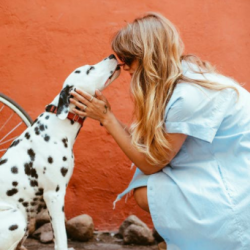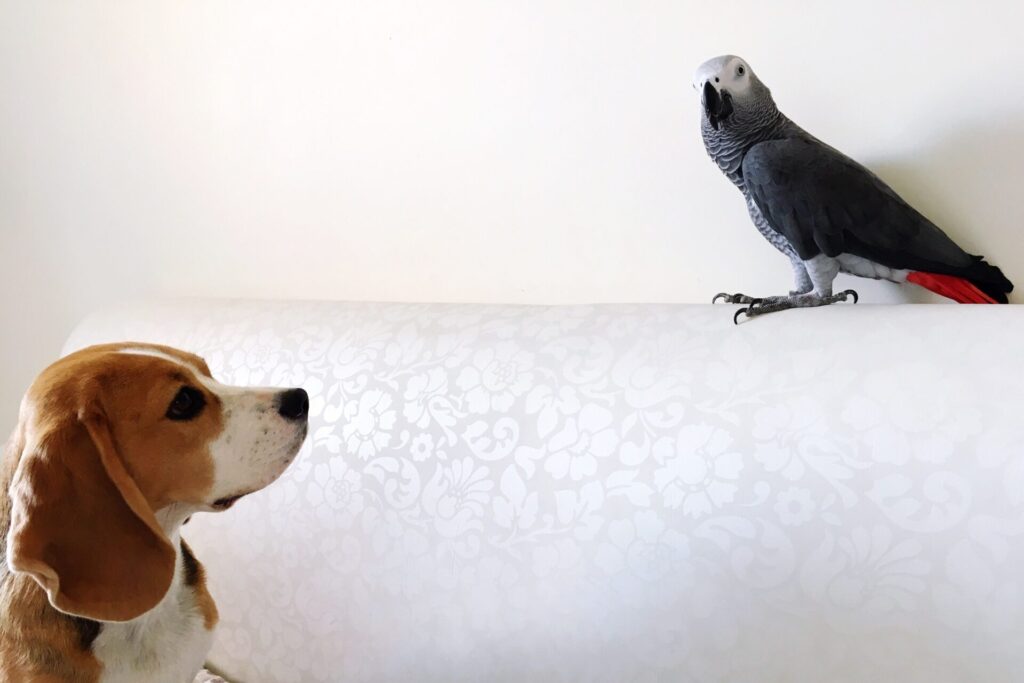
For many of us, our home theaters are a sanctuary—a place where we can escape from the world and immerse ourselves in the magic of cinema. However, for dog owners, maintaining a pristine home theater can be a real challenge. Dogs, with their boundless energy and curiosity, can wreak havoc on your expensive equipment and furnishings if left unchecked. In this comprehensive guide, we will explore effective strategies to keep your dog from destroying your home theater, allowing you to enjoy your cinematic experience in peace.
Understanding Your Dog’s Behavior
Before implementing any strategies to protect your home theater, it’s essential to understand why your dog may be drawn to it in the first place. Dogs are naturally curious creatures, and they may be attracted to the cords, cables, and cozy seating in your home theater. Additionally, they might be seeking attention or attempting to alleviate boredom.
Creating a Dog-Friendly Home Theater Space
One effective way to prevent your dog from destroying your home theater is to make it less appealing to them. Consider these tips:
Cable Management: Tuck away or hide cables and cords where your dog can’t reach them. Cable sleeves, conduit tubing, or cord clips can help with this.
Furniture Protection: Invest in pet-proof furniture covers or designate certain seating areas as off-limits to your furry friend.
Secure Equipment: Ensure your AV equipment is securely mounted or placed on shelves that are out of your dog’s reach.
Training and Socialization
Proper training is crucial for managing your dog’s behavior in your home theater. Here are some training techniques to consider:
Basic Commands: Teach your dog basic commands like “leave it,” “stay,” and “off.” These commands can be invaluable in preventing destructive behavior.
Positive Reinforcement: Use treats and praise to reward good behavior. Positive reinforcement can help your dog associate the home theater with positive experiences.
Socialization: Ensure your dog is well-socialized, so they are comfortable with guests in your home theater and less likely to act out.
Managing Your Dog’s Energy
A tired dog is less likely to engage in destructive behavior. Regular exercise is essential, and activities like walks, playtime, and interactive toys can help expend your dog’s energy.
Using Deterrents
Deterrents can be effective tools to keep your dog away from your home theater. Consider using:
Pet-Friendly Sprays: These sprays emit a scent that dogs dislike, discouraging them from chewing or scratching furniture.
Ultrasonic Devices: Some devices emit high-pitched sounds that are irritating to dogs when they approach restricted areas.
Motion-Activated Devices: These devices can startle your dog with lights or sounds when they enter the home theater space.
Supervision and Crating
When you can’t actively supervise your dog in the home theater, it’s a good idea to use a crate. A comfortable crate with your dog’s favorite toys can provide a safe and secure environment while you enjoy your home theater in peace.
Regular Exercise and Mental Stimulation
Dogs need both physical and mental stimulation to stay happy and content. Puzzle toys, treat-dispensing toys, and interactive games can help keep their minds engaged and prevent boredom-related destruction.
Seeking Professional Help
If your dog’s destructive behavior in your multi channel home theater persists despite your best efforts, it may be time to consult with a professional dog trainer or a veterinarian. They can provide tailored advice and solutions to address specific behavioral issues.
Conclusion
Maintaining a harmonious coexistence between your beloved dog and your home theater is entirely possible with the right strategies and training. Understanding your dog’s behavior, creating a dog-friendly space, proper training, and using deterrents are just some of the effective methods you can employ. Remember that patience, consistency, and positive reinforcement are key when teaching your dog to respect your home theater. With time and effort, you can enjoy your cinematic experience without the worry of your furry friend causing havoc.


